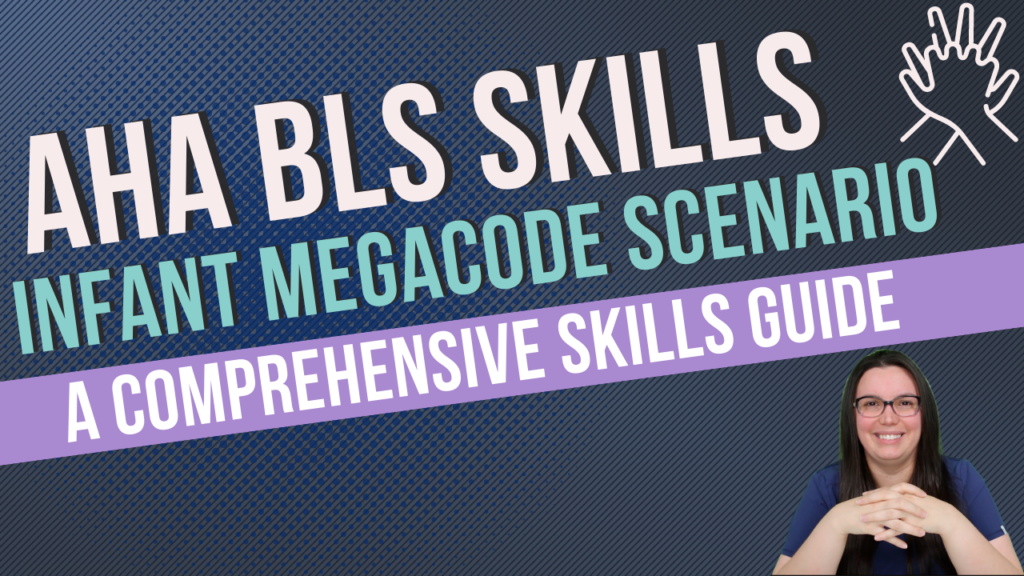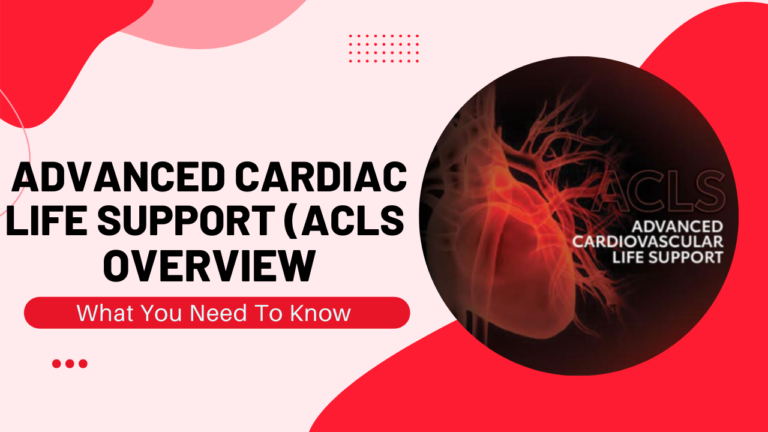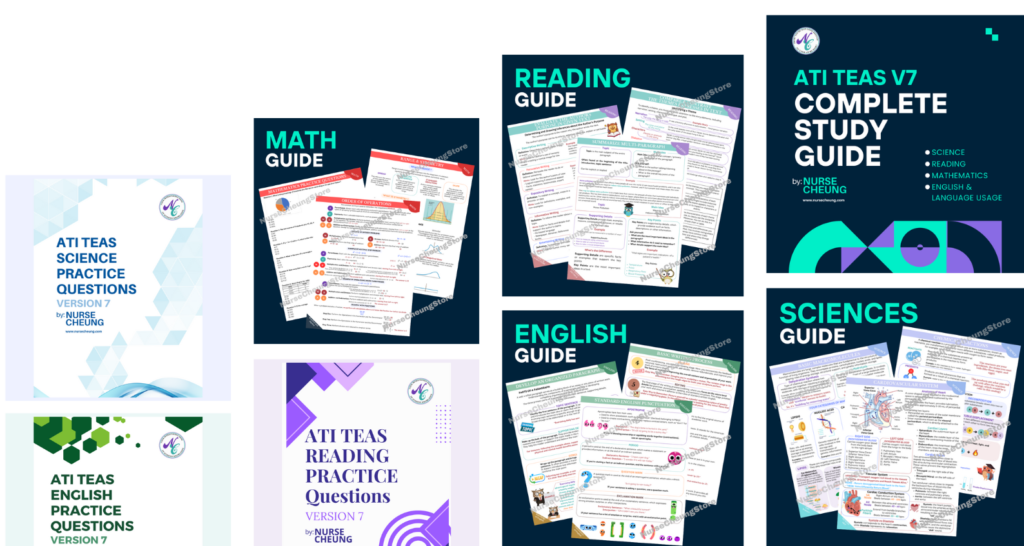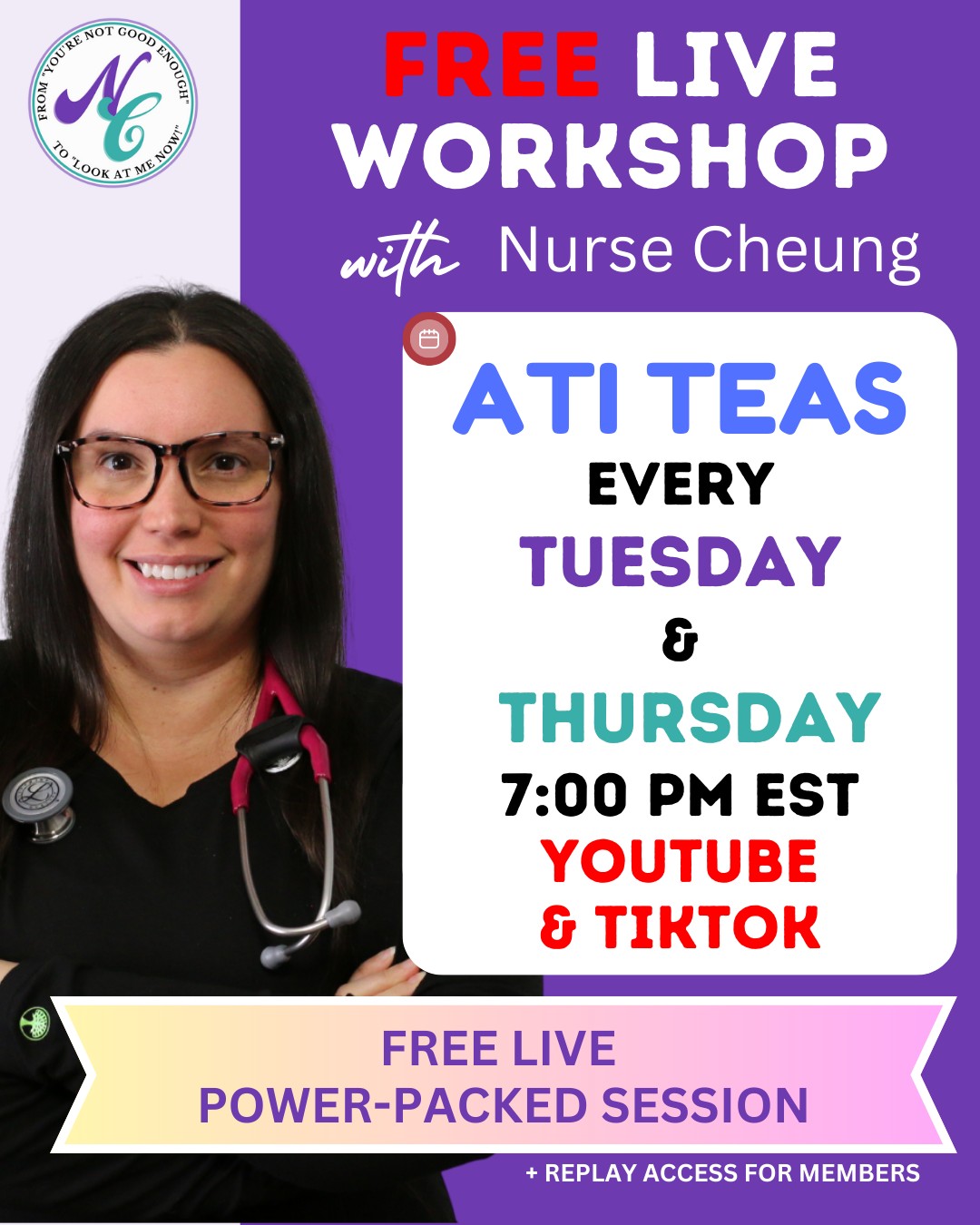In this comprehensive guide, we will teach you everything you need to know about the Infant BLS Megacode. This lifesaving procedure is used to resuscitate infants who are not breathing or have a heartbeat.
We will discuss the steps involved in performing the Megacode. We will also provide a video demonstration of how to perform these procedures.
We highly recommend that all healthcare providers become familiar with this procedure, as it could one day save a life!
Infant 1 and 2-Rescuer Megacode Scenario
The following is a scenario in which you would use the Infant 1 and 2-Rescuer BLS Megacode:
You arrive on a scene for an infant who is not breathing and no bystander CPR has been performed.
Demonstrate what you would do next
- Check for scene safety: If the scene is not safe, move the infant prior to starting interventions
- Check responsiveness: Tap the infant’s heel for a response
- Activate the Emergency Response System: Call for help. If you are with someone, have them find an AED and call 911. If you are by yourself, perform a round of CPR then call for help and obtain an AED.
- Check for breathing: Look for visible chest rising and fall
- Check for a pulse: Palpate the brachial pulse for no more than 10 seconds.
The infant is unresponsive with no pulse or breathing. What are your next actions?
Chest Compressions and Airway (CAB)
Infant Compressions
Single Rescuer Compressions (30 chest compressions to 2 breaths)
- Option #1: 2 fingers in the center of the infant’s chest, the lower half of the breast bone
- Option #2: 2 thumbs with hands wrapped around the infant’s chest, the lower half of the breast bone
- Option #3: 1 hand in the center of the infant’s chest, the lower half of the breast bone
Two-Rescuer Infant Compressions (15 chest compressions to 2 breaths)
- 2 thumbs with hands wrapped around the infant’s chest, the lower half of the breast bone
Perform High-Quality Compressions
- Compressions are provided at a rate of 100 to 120 compressions per minute
- Compresses at least 1 1/2 inches (4 cm)
- Complete chest recoil after each compression
Infant Rescue Breaths
Give 2 breaths with a barrier device after each 30 chest compressions
- Utilize the sniffing position which requires flexion of the cervical spine and extension of the atlantooccipital joint
- Each breath should be given over 1 second
- Visible chest rise and fall with each breath
- Resume compressions in less than 10 seconds
You will need to perform one to two rounds of high-quality CPR.
Automated External Defibrillator (AED)
Have the second rescuer begin compressions (if available) as the first rescuer performs the following steps below.
- Turn on the AED and follow the prompts
- Correctly attached pads and plug-in connector. Remove any barriers including medication patches, water, or clothing. Use the child pads if available. If child pads are not available, you may use adult pads. Place pads so they do not touch each other. One pad is placed on the chest and the other pad is placed on the back. Pads should sandwich the heart when placed appropriately.
- Clear for AED analysis. Stop chest compressions. Call out “stand clear.”
- Push the analyze button and allow time for analysis.
- Deliver shock if recommended by AED.
Resume Compressions
Continue compressions immediately after the shock is delivered or if the AED does not recommend the shock.
If you have both rescuers, the first rescuer will take over for rescue breathing and the second rescuer will continue with chest compressions. You will switch roles every 5 rounds of compressions or every 2 minutes.
Your scenario has concluded.













